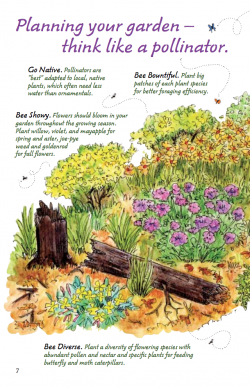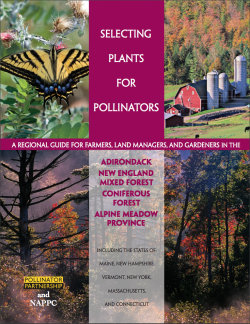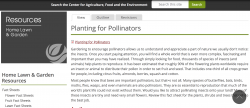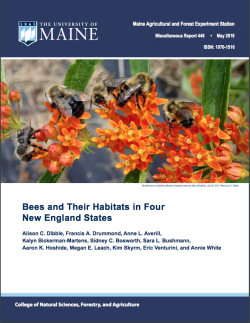Planting for Pollinators
One of the primary causes of pollinator decline is habitat loss – loss of floral resources as well as nesting sites. A positive action that you can do to help pollinators in your yard/community/city is to plant flowering plants and trees, preferably free of neonicotinoids. You can also support organizations and individuals who protect habitat that supports bees (for a list of some national and local groups, click here).
Here are some resources to help you plant for pollinators:
 Visual Guide to Creating a Pollinator Garden
Visual Guide to Creating a Pollinator Garden
The USDA Forest Service has published a user-friendly, guide to creating pollinator habitat. Their website also contains a clear and concise list of recommendations for attracting pollinators.
 Concise Pollinator Planting Guide (including a list of key plants)
Concise Pollinator Planting Guide (including a list of key plants)
The Xerces Society has published a set of pollinator planting guides for various US regions, including the Northeast. These guides list key pollinator plants by bloom season and summarize principles of attracting pollinators.
 Longer Pollinator Planting Guide (including a list of key plants)
Longer Pollinator Planting Guide (including a list of key plants)
The Pollinator Partnership has also published a set of pollinator planting guides for various US regions. These guides are considerably longer than the Xerces Society guides (above). For Massachusetts, check out Eastern Broadleaf Forest and Adirondack.
 List of Massachusetts Pollinator Friendly Plants, from the UMass Website
List of Massachusetts Pollinator Friendly Plants, from the UMass Website
Here is another list of pollinator friendly plants specific to Massachusetts.
 Review of Scientific Knowledge on Pollinator Habitat and Conservation
Review of Scientific Knowledge on Pollinator Habitat and Conservation
Finally, to understand more about pollinator habitat in New England, check out Bees and Their Habitats in Four New England States (which was published in collaboration with researchers at UMass Amherst). This guide reviews the current scientific knowledge on pollinator habitat and conservation. It does not include specific planting recommendations.

